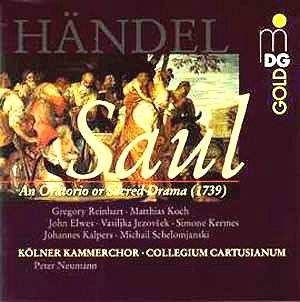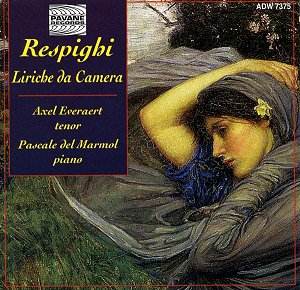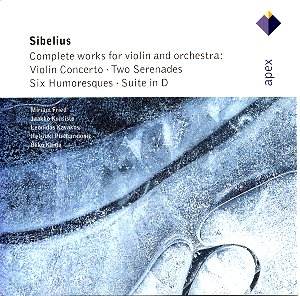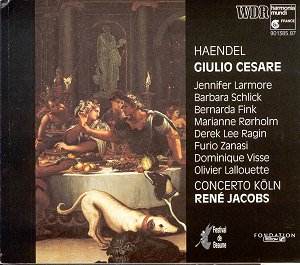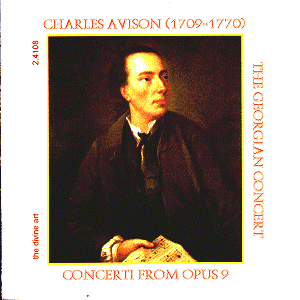 Composer: Charles Avison
Composer: Charles Avison
Works: Concerti 1 in G, 4 in G minor, 6 in E minor, 7 in E flat, 8 in B flat, 9 in C minor
Performers: The Georgian Consort
Recording: DDD
Label: Divine Art 2-4108 [45.29]
Charles Avison, born in Newcastle in 1709, occupies a unique position in the history of British music, especially within the context of the concerto grosso format that enjoyed considerable popularity in the 18th century. His set of Concerti from Opus 9, published in 1766, illustrates a departure from the Italian models that dominated the genre, as Avison’s works are characterized by a more intimate structure—often composed for four parts rather than the typical seven. This choice allows for a variety of performance configurations, including string quartets and harpsichord solos, thereby highlighting the composer’s innovative spirit and adaptability within the evolving musical landscape of his time.
The Georgian Consort approaches these concerti with an evident commitment to the clarity of Avison’s musical language. Their interpretation is marked by an intimate sound that serves the slow movements particularly well, as the ensemble’s blend evokes a sense of serenity and reflection. For instance, the andante cantabile of the eighth concerto, rendered with sensitivity, invites listeners to engage deeply with its lyrical lines. However, this same approach occasionally results in a lack of vigor during the faster sections, where one might expect a more pronounced drive. The dotted rhythms that pervade these movements, while elegantly articulated, could benefit from a heightened energy that would more effectively communicate the playful character inherent in these works.
Technical execution is commendable across the board; the ensemble’s individual voices are discernibly distinct, enhancing the counterpoint that Avison so skillfully employs. The recording quality is satisfactory, allowing for a balanced representation of the instrumental timbres without sacrificing clarity, a testament to the engineering standards upheld by Divine Art. Yet, there are moments, particularly in the quicker passages, where the ensemble’s dynamic choices could be more adventurous. Comparatively, earlier recordings of Avison’s concerti, such as those by the English Concert under Trevor Pinnock, exhibit a more vigorous take on the faster movements, offering a different perspective that might resonate more with listeners seeking vivacity in performance.
Significantly, Avison’s unique approach to the concerto grosso format, eschewing the ornate ornamentation common to his contemporaries, stands out as a hallmark of his style. His decision to conclude three of these concerti with an aria further underscores his preoccupation with expressive, perhaps even sacred, musical ideas, reflective of his long tenure as organist at the Newcastle cathedral. This attention to lyrical expression over flamboyant display may resonate with listeners who appreciate a more introspective interpretation.
The Georgian Consort’s performance, while elegant and well-crafted, reveals an opportunity for greater dynamism and energy, particularly in the faster movements. Their commitment to the nuances of Avison’s musical vocabulary is commendable, yet a fuller engagement with the spirited character of these works would enhance the overall impact. This recording thus serves as a thoughtful exploration of Avison’s concerti, inviting listeners to appreciate the subtleties of a composer who remains somewhat overlooked in the annals of British classical music.
